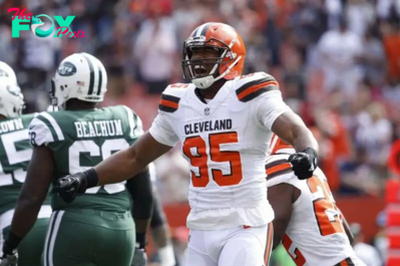NFL
What stops the clock in NFL games? What are the rules regarding out of bounds?
At the end of an NFL game, it can be confusing when a team is trying to manage the clock and stop time. There are a lot of different factors to take into consideration and we’ll try our best to explain them here.
Clock management
The manipulation of the game clock and play clock, typically near the end of a half, is the heart and soul of football. It is not unique to football, as even the most cursory glance at the flopping on the ground, feigning injury, and making pointless substitutions in the dying minutes of a soccer match will tell you. The difference might be that clock management strategies are a significant part of the entire American football match, not just the waning moments, and an elaborate set of rules dictates when the game clock stops between downs and when it continues to run.
The game clock
The game is 60 minutes long, consisting of four 15-minute quarters. At the change of each quarter, the teams face the opposite direction on the field, and at the end of the second quarter, there is a 15-minute half-time break. In its basic form, the idea is simple: any time the ball is in play, the clock counts down from 15 minutes to zero. In the early days of the game, this was simple and direct.
Originating in rugby, early football was primarily a running game where the ball was almost always in play. As it pertains to the running game, the rules surrounding the clock give a nod to this era. The clock runs even when an offense elects to huddle rather than go straight to the line of scrimmage.
It is only if the ball goes out of bounds that the clock stops, and even then, only long enough to allow the referee to reset the ball on the field before starting the clock again. Tweaking the rules, seemingly the NFL’s greatest delight, has led to a separate set of rules being used for the final two minutes of the first half and the final five minutes of the second half, where the clock restarts on the snap of the ball for the next play.
The domination of the forward pass in the modern game has drastically altered the state of clock management. Harking back to the game’s origins again, the idea was to stop the clock when a forward pass fell incomplete to allow the referee the time to reset the ball on the field. Unlike after a run that goes out of bounds, however, the clock doesn’t simply automatically restart once the ball is set. The clock only restarts once the offensive team snaps to begin the next play. And this quirk of regulation is the key to modern offenses’ exploitation and management of the clock with so much effectiveness.
The play clock
Another holdover from its origins in rugby is the delay of game rule. Unlike in rugby, however, where there is no set time limit to put the ball in play but instead it goes by the referee’s judgment, the NFL has created the play clock. This counts down from when the previous play ends and gives the offense 40 seconds to put the ball back in play. There are certain situations when this play clock is only 25 seconds, generally when possession of the ball changes. The referee can call for the play clock to be reset to 25 seconds by pumping his hand in the air vertically, an action most memorable in recent years by becoming the subject of controversy when, in the immediate aftermath of the Deflategate controversy, Tom Brady used this signal to ask for the play clock to be reset. When the officials agreed with him, the impression to opposition fans was one of cheating by the New England Patriots.
Timeouts
One of the most uniquely American ways to stop the game clock is by using timeouts. These have been used since the very dawn of the sport, and each team has three per half to use. They must be used or lost, as unused timeouts do not carry over to the next half. These allow the clock to be stopped for 60 seconds at any point in the game.
In addition to the 12 team timeouts available during the game, there are free timeouts at the two-minute mark in each half. The AFL brought in this two-minute warning, and was later taken to the NFL as a measure of building tension in the crowd and allowing the television channels to cut to commercials. In this same vein, the modern game has twenty “television timeouts” mandated, of which the two-minute warning and the end of the first and third quarter are obligatory, and the rest may happen at any opportune moment.
“The first time they stopped the game to cut away to a commercial, that was the end.”
Replay
Now, there is another element to throw into the mix. The instant replay review. Each team is given two challenges per half that, if successful, are in addition to their three timeouts. The clock is stopped while the officials look at the play in question, and the game restarts when the next snap occurs.
The complicated relationship between the NFL and the clock is often overlooked, and changes made in 2006 and 2008 led to more confusion and less gameplay than previously.
Especially disastrous to this end, the 2006 season saw fans treated to 25-30 fewer plays per game. The 2008 rule change saw the NFL adopt the majority of the rules in effect today. Have they learned their lesson about meddling with Father Time? Somehow, I doubt it.
-
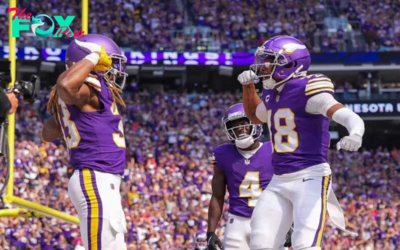
 NFL5h ago
NFL5h agoMinnesota Vikings at Chicago Bears odds, picks and predictions
-
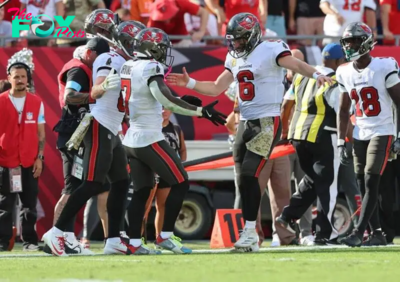
 NFL5h ago
NFL5h agoBuccaneers vs. Giants prediction, pick, odds for Sunday's NFL Week 12 game
-
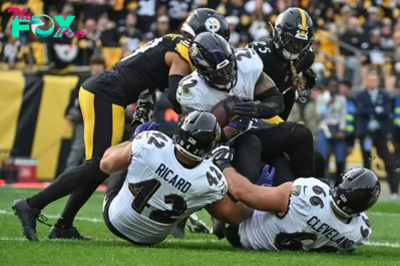
 NFL10h ago
NFL10h agoNFL Monday Night Football prop bets Week 12 2024: Ravens vs. Chargers
-

 NFL10h ago
NFL10h agoBaltimore Ravens vs. Los Angeles Chargers odds, tips and betting trends | Week 12 - November 25, 2024
-
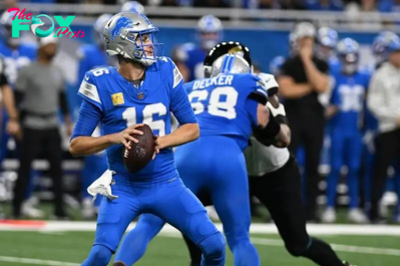
 NFL15h ago
NFL15h agoJared Goff player props and odds | Lions vs. Colts in week 12 2024
-
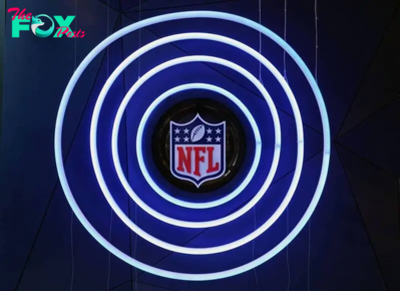
 NFL15h ago
NFL15h agoCommanders vs. Cowboys best bets, picks and odds | Week 12 2024
-

 NFL18h ago
NFL18h agoMarkquese Bell injury gets Cowboys' special teams coordinator John Fassel emotional
-
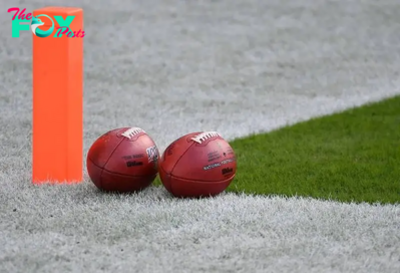
 NFL20h ago
NFL20h agoTexans vs. Titans best bets, picks and odds | Week 12 2024


